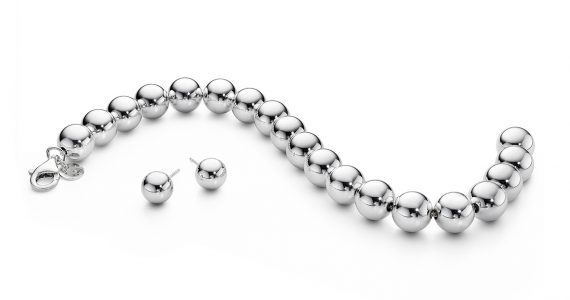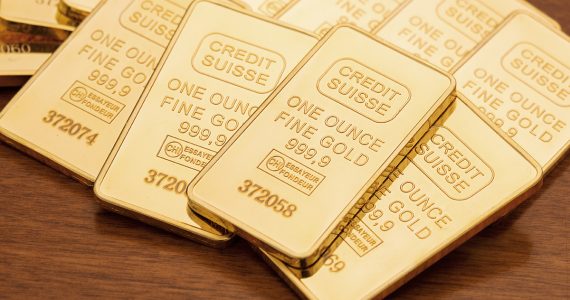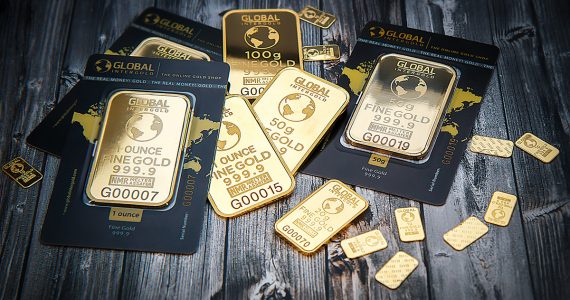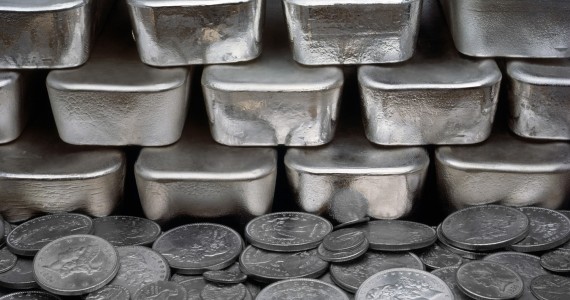Iridium isn’t a word that you can hear every day which is fitting for the metal since iridium is the one of the rarest metals found on earth.
Extremely large amounts of iridium have been found on the rocks dating from the K-T boundary (Cretaceous–Tertiary period) 65 million years ago. Iridium is more prevalent on meteorites and asteroids than that of the earth’s crust.
Using this train of thought, the American physicist Luis Alvarez and the rest of his team proposed that iridium is of extraterrestrial origins which came from the asteroid/s impact during that period. This has led to a widely held view that an iridium-containing asteroid struck the Earth at that time, leading to the extinction of the dinosaurs and many other forms of life.
What is Iridium?
Iridium is a chemical element with the symbol of Ir. It has an atomic number of 77. Iridium is a very hard, brittle, and silvery-white transition metal of the platinum group. Iridium is the second densest element on earth after osmium.
Iridium is one of the most corrosive-resistant metals known to man. It highly resistant to acids, some oxides, aqua regia, molten metals, high temperature silicates, and most corrosive substances. Iridium is not fully immune to all corrosive substances though. Molten salts, potassium cyanide, halogen, and sodium cyanide may be able to damage iridium at extremely high temperatures. And speaking of high temperatures, iridium has an extremely high melting point of about 2446 °C.
Iridium slightly resembles platinum but with a slight yellowish cast. And because of iridium’s hardness, brittleness and extremely high melting point it makes iridium is a hard metal to work with. It also means that is also hard to replicate the properties of the metal as well.
Because of its rarity, unique properties and its link to the extinction of the dinosaurs, people often believe that iridium is of extraterrestrial origins (although this is just mere speculation).
Discovery of Iridium
In 1801, the English chemist Smithson Tennant discovered iridium. Tennant did this by looking at insoluble impurities in natural platinum. While searching for impurities, he found a residue left behind when platinum was dissolved in a mixture of hydrochloric acid and nitric acid.
Smithson Tennant then named this unknown metal as “Iridium”, which was named after the Greek Goddess Iris. Tennant chose this name because “iris” in Latin means rainbow. And because iridium has a variety of multiple colored salts, Tennant decided to name it after the Greek Goddess.
Iridium as building blocks for LED screens
Iridium wasn’t particularly that high in demand but that all changed during the year of 2009. Between the time periods of 2009 to 2010 the demand for iridium skyrocketed from 2.5 tonnes to 10.4 tonnes. This spike in demand was mainly due to rise in popularity of LED screens or to be more accurate, the rise in demand for flat screen TV’s and gadgets like iPhones, smartphones, and tablets.
This is why iridium is usually correlated with LED screens however, iridium has tons of other properties that makes it useful in other applications as well.
However the demand of iridium drastically decreased in the following years as major companies are now using cheaper materials to mass produce LED screens. Because of this iridium isn’t as it used to be.
This does not mean that the demand for iridium will steadily go down. Iridium after all is a rare metal that has unique properties that can be used in a lot of applications. Iridium may be hard to work with but that may not be the case in the near future.
Other Uses of Iridium
Iridium is hard to form, melt, and work with. This greatly limits the application of this rare metal but that doesn’t mean that iridium’s worth only lies in the production of LED screens. It’s actually far from it.
Some other uses of iridium include:
Materials for thermonuclear generators
Iridium has a very high melting point. It is able to withstand heat as high as 2000 °C, this makes iridium an amazing component for generators that produce a lot of heat.
Iridium was used to encapsulate the plutonium-238 fuel found on various spacecrafts and satellites like Viking, Voyager, Galileo, and Pioneer.
Corrosion Resistant Materials
Iridium is one of the most corrosive-resistant metals at our disposal. Its rarity is what prevents iridium from being the primarily used metals to combat corrosion. However there is more than enough iridium on the planet to create specialized components that combat corrosion.
Deep water pipes and some underwater vessels are made up of an iridium-titanium alloy which greatly increases their lifespan.
Chemistry
Carbon-Hydrogen bonds activations are naturally unreactive to one another. However iridium was discovered to be able to undergo complex oxidative addition with hydrocarbons. This allows iridium to activate Carbon-Hydrogen bonds in saturated hydrocarbons.
Research is currently being conducted on iridium to see if it can be used as catalysts for hydrogenation.








